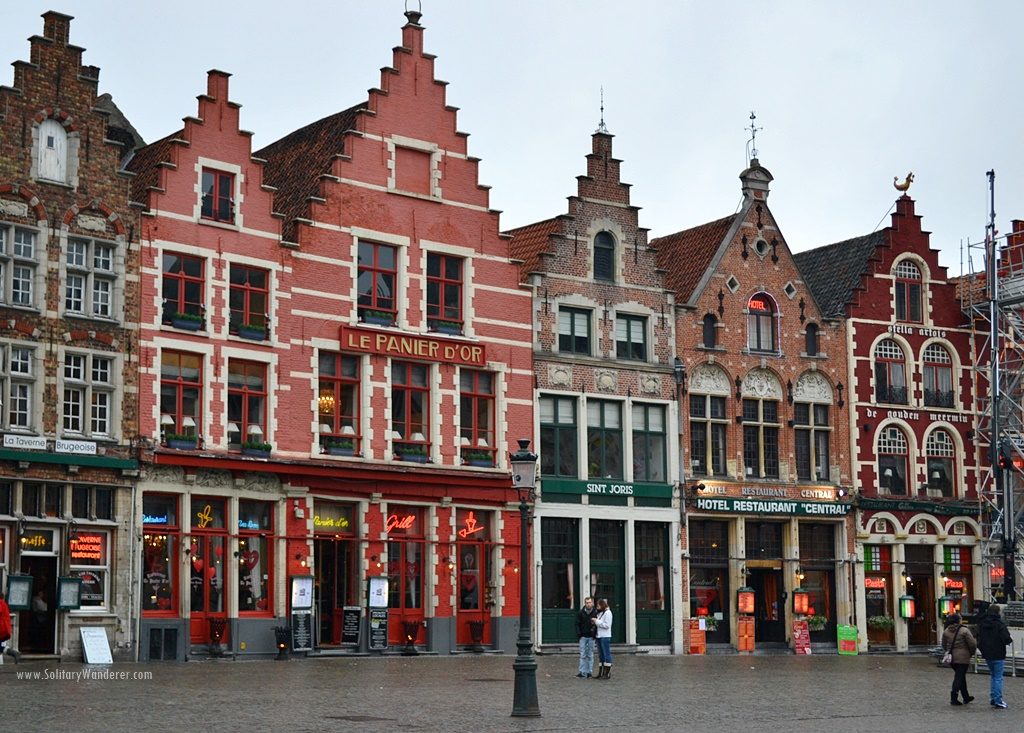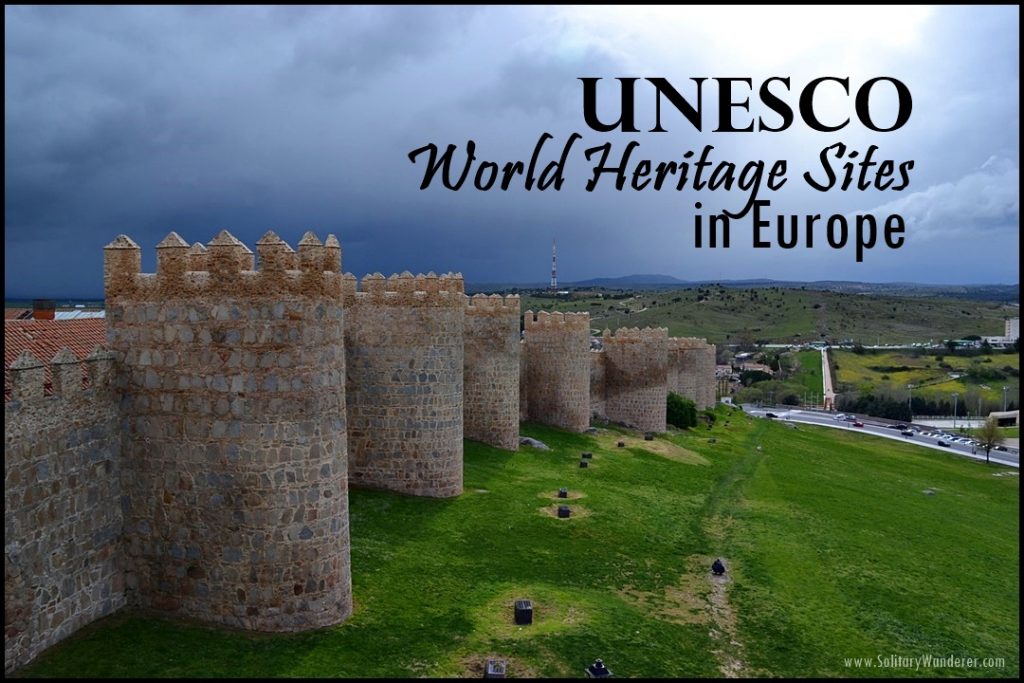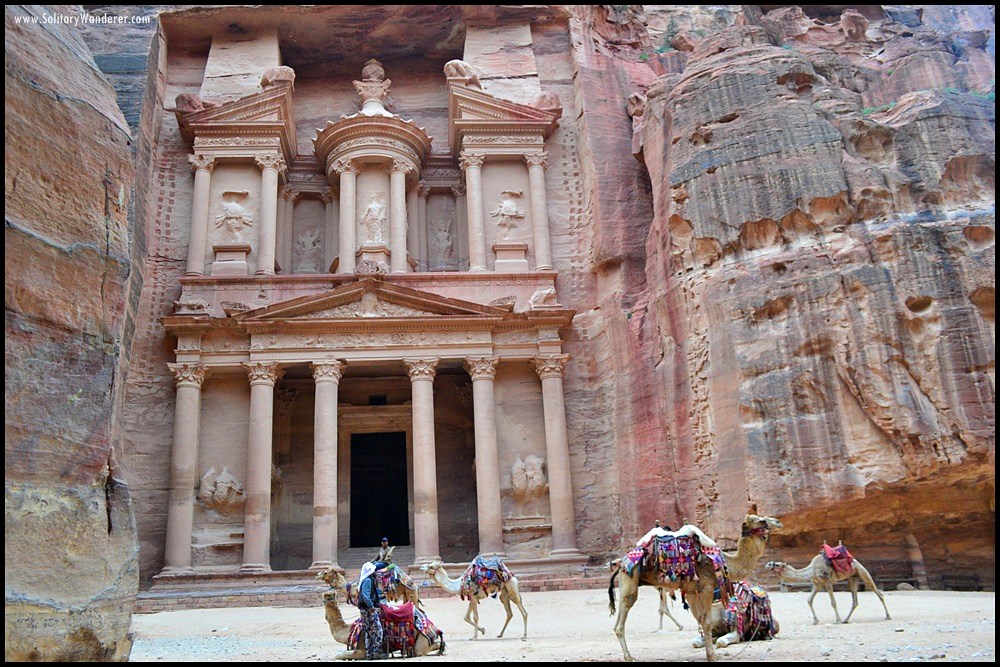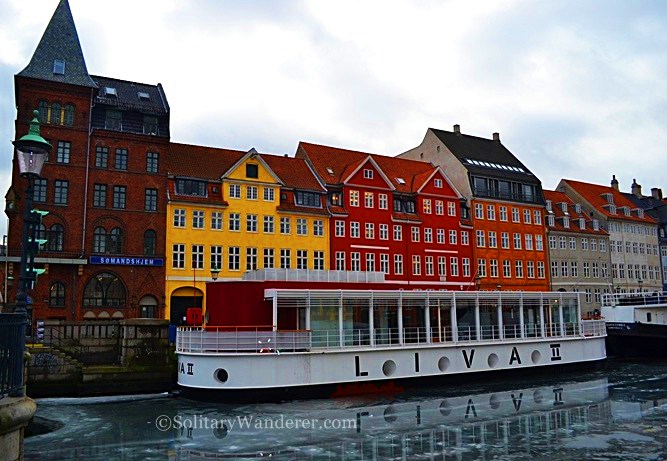
This website uses cookies so that we can provide you with the best user experience possible. Cookie information is stored in your browser and performs functions such as recognising you when you return to our website and helping our team to understand which sections of the website you find most interesting and useful.




























11 Comments. Leave new
This article provides a captivating exploration of the UNESCO World Heritage Sites scattered throughout Europe, each offering a window into the continent’s rich tapestry of history, culture, and natural beauty.
TripAdvisor, the world’s largest on-line community of travellers, and UNESCO launched a partnership on Thursday to mobilize travellers’ support to preserve natural and cultural sites inscribed on UNESCO’s World Heritage List.
I love Acropolis and Colosseum, they are unforgettable.
I remember going to festivals on the Chain Bridge in Budapest, Hungary as a kid. They would close it down to traffic and dozens of stalls would appear along the side of the road. Sometimes there’d be musicians or street dancing.
This was a cool idea; thanks for posting it!
I just got back from the Acropolis and can’t believe it’ not a world wonder! The UNESCO list never fails though, thanks for the ideas!
Great post, have you been to any of the UNESCO Heritage site in the Philippines?
If you are thinking of going to any place here in our country, please check out our website. We hope to hear from you soon.
Thanks! God Bless and More Power!
the historic centre of Florence is one great favorite! no explanation necessary. 🙂
I don’t particularly consider it’s UNESCO heritage status when I visit a place, but it’s really nice to check off some in one’s list, isn’t it?
True, true. One of these days, I’m going to really list down the UNESCO sites I’ve visited. I’ll try to be more aware of them too when I travel.
What a great list! Thanks for having me, Aleah 🙂
Thanks for contributing, Sofie!